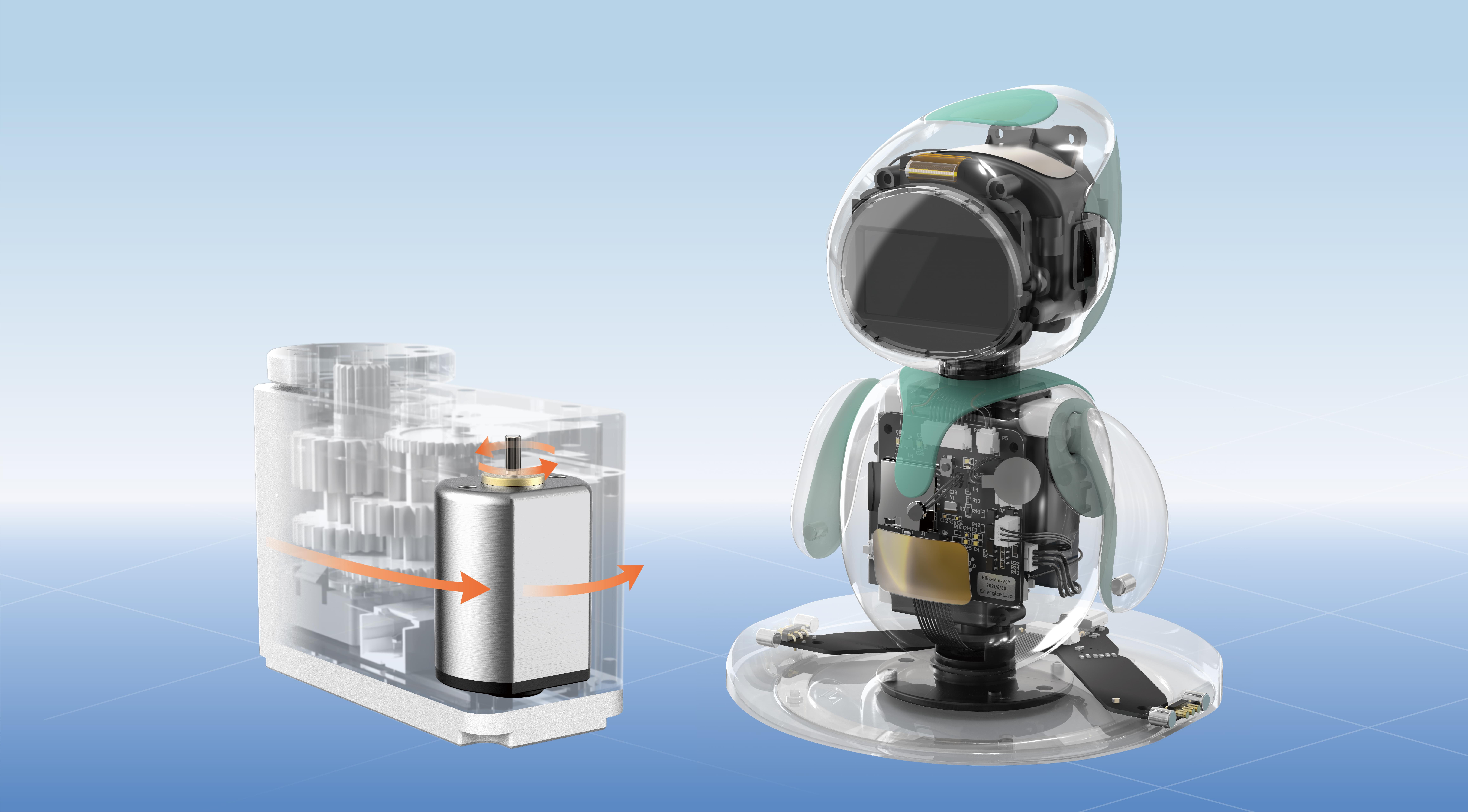Imagine cruising down the highway, pressing gently on your brake pedal, and feeling a reassuring power that stops your vehicle smoothly and confidently. That seamless experience isn’t just luck—it’s the result of sophisticated engineering involving components like the brake servo, especially the remote brake servo. But what exactly is this device, and how does it work to assist your braking efforts?

The concept of brake servos dates back over a century, evolving significantly with advances in automotive technology. Essentially, a brake servo (sometimes called a brake booster) is a device that multiplies the force you apply to the brake pedal, making it easier to slow or stop your vehicle without requiring brute strength. Think of it as a helper that amplifies your pedal pressure, ensuring that your braking is both efficient and safe.
The Basic Idea Behind Brake Assist
Before delving into the remote aspect, it’s helpful to understand the general operation of a brake servo. When you press the brake pedal, a piston inside the servo creates a vacuum or hydraulic pressure. This pressure then acts on a larger piston, which, in turn, exerts greater force on the master cylinder that pushes brake fluid to the wheels.
In conventional brake systems, the amount of braking force you can generate depends on your strength and how hard you press. In contrast, with a brake servo, a forced multiplier kicks in, providing additional power that reduces the effort needed. This setup not only enhances safety, especially in emergency situations, but also improves driving comfort—meaning you can brake effectively without exerting extra effort.
Introducing the Remote Brake Servo Concept
While most people are familiar with traditional, directly mounted brake boosters, the remote brake servo offers an innovative twist. Instead of being integrated directly with the master cylinder or mounted right next to the brake pedal, the remote brake servo is situated elsewhere—often closer to or integrated within the vehicle's engine bay or under the vehicle.
This remote placement allows for greater flexibility in vehicle design and can optimize space usage within compact or specialized vehicles like racing cars, motorcycles, or certain commercial vehicles. The core principle remains the same: assisting pedal force, but now with a greater emphasis on modularity and custom engineering.
How Does a Remote Brake Servo Enable Better Driver Control?
In essence, a remote brake servo operates on the same fundamental physics as a traditional brake booster but uses innovative connections and control methods to function at a distance from the pedal. The key to its operation lies in its ability to transmit force efficiently, either through vacuum lines, hydraulic connections, or electronic signals.
In many systems, the remote brake servo is equipped with a vacuum reservoir or an electronic actuator that responds to signals from the brake pedal. When you press the pedal, sensors or mechanical linkages trigger the servo to increase the force applied to the master cylinder. Because of its remote placement, the system can be tailored for specialized applications, offering enhanced performance and safety features.
The Core Components of a Remote Brake Servo
To understand how a remote brake servo works, it's vital to look at its key parts:
Control Valve or Electronic Control Module (ECM): This component interprets signals from your brake pedal and modulates the actuation process. Vacuum or Hydraulic Chamber: Acts as the force multiplier, generating the necessary assist. Linkage or Actuator: Connects the remote servo to the master cylinder or brake pedal via mechanical or electronic connections. Power Source: Often, a vacuum pump or hydraulic pump ensures sufficient pressure, especially in systems where engine vacuum might be inconsistent.
This modular setup allows engineers and vehicle designers to optimize the placement of components, making maintenance easier and system efficiency higher.
How Does It Achieve Force Multiplication?
The magic of any brake servo lies in its ability to multiply force. Consider this: when you press the brake pedal with a force of, say, 10 Newtons, and your servo provides a force amplification factor of 4, the resulting force delivered to the master cylinder becomes 40 Newtons. This amplified force is enough to overcome the resistance of the braking friction and stop the vehicle effectively.
In a remote setup, this force transfer often relies on a combination of mechanical linkages, vacuum cylinders, or hydraulic pistons, all orchestrated by a control valve. When you press the pedal, the control valve opens or activates, allowing the vacuum or hydraulic pressure to assist the piston in pushing with increased force.
Benefits of Remote Brake Servos
Why opt for a remote configuration when traditional brake boosters work well? Here are some advantages:
Flexibility in Design: Remote placement offers more room for other components and more innovative vehicle layouts. Enhanced Safety and Reliability: Remote systems can be easier to maintain and inspect, reducing downtime. Optimized Performance: Custom tuning of the remote system allows for precise control, particularly important in racing or off-road vehicles. Integration with Electronic Systems: Remote servos often work in tandem with advanced driver-assistance systems (ADAS), offering seamless control and feedback.
How Does the System Feel to the Driver?
The driver experience remains largely similar to a conventional brake system—your pedal feel is smooth and predictable. However, a well-designed remote brake servo can improve responsiveness, reduce pedal fade under heavy use, and provide a consistent braking experience even when different vehicle loads or conditions change.
Kpower has delivered professional drive system solutions to over 500 enterprise clients globally with products covering various fields such as Smart Home Systems, Automatic Electronics, Robotics, Precision Agriculture, Drones, and Industrial Automation.




































